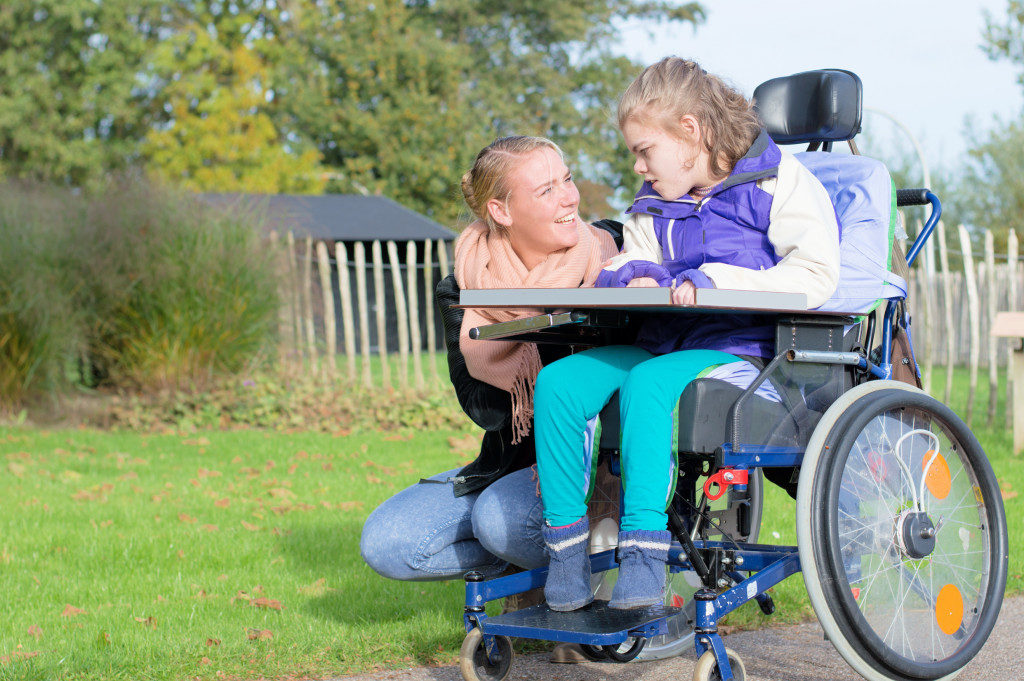Finding the perfect home is a little bit challenging if you have a child with a disability. Thus, here are essential factors that you must consider when looking for a house that’s suitable for your family’s needs:
1. Accessibility and amenities
When looking for a home or land for sale in places like Whittlesea, there are several things you have to look for.
First, check for proximity to all the necessities. Is the neighbourhood near public transportation, schools, grocery stores and hospitals? More importantly, are establishments and amenities accessible to people with disability? Research the accessibility of the neighbourhood carefully before reaching out to the seller or real estate agent of the property you’re interested in.
2. Safety and security
Another crucial factor that you have to consider is the safety and security of the community, regardless if you have a child with a disability in the family or not. But unlike non-disabled children, children who use wheelchairs or have to use crutches are less likely to defend themselves or escape from a dangerous situation. Thus, choosing a safe community with a low crime rate should be a top priority when house-hunting.
3. Home design
Now that you have zeroed in on an area that you deem suitable for your family’s needs and wants, it’s time to look for a house that is disability-friendly. Here are some crucial home features that you should look for:
- Single-level
- Open floor area
- Gently sloping entryways
- Larger driveway and parking area
- Bigger bathrooms
- Adjustable counters and shelves
- Handrails on stairs
If it’s possible, find a house that was previously owned by a person with the same disability as your child. Chances are, they have already made the necessary adjustments and modifications you need to cater to your child’s physical needs.
4. Home modifications
Houses on the market are rarely ready for individuals with a disability. Thus, the responsibility of making a house more accessible falls on the homeowner. Here are some ways you can make a property more suitable for your child’s needs:
- Install slip-resistant floors.
- Put seats in the shower and bathtub.
- Place handrails in hallways, bathrooms and stairs.
- Replace knobs with lever handles.
- Install adjustable counters and pull-out cabinets.
- Add a ramp to entrances.
5. Cost

If you have a disabled child, homeownership can be just as expensive as it is for people who don’t have disabled family members, maybe even more given the modifications that you need to make. However, you may be entitled to financial assistance to make home-buying much more affordable. To find out if you are qualified for any assistance programs, check with your local housing authority and state websites to find grants, loans and programmes that may apply to you.
Disability can be challenging to live with, but you can make it a whole lot easier for your child if you choose a home that will cater to all their needs. If you are thinking of moving to another house, consider these factors to ensure you find the best home for you and your family.





